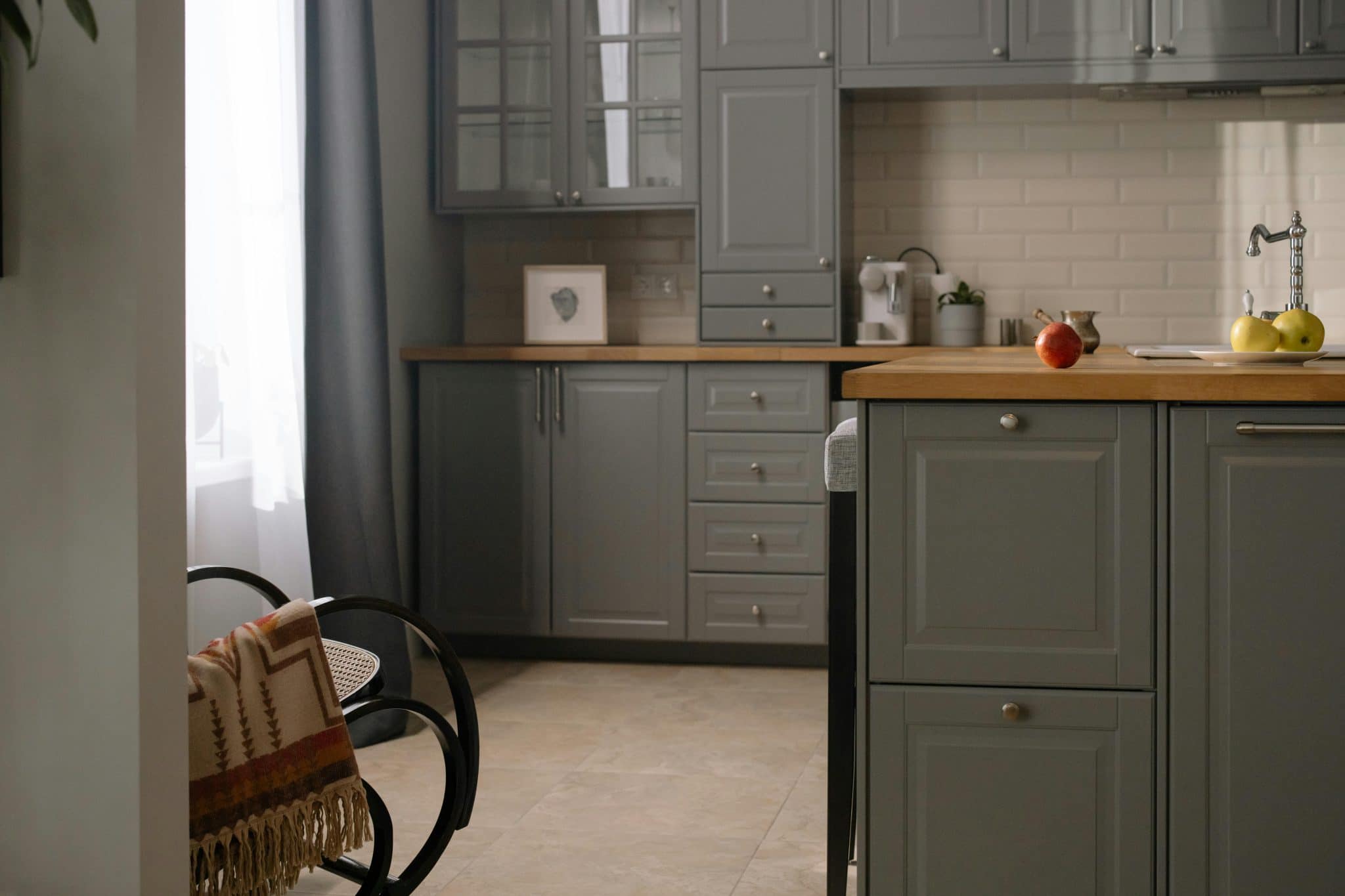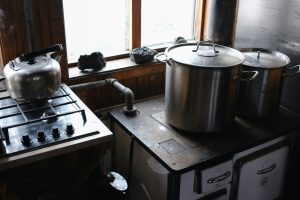Self-Cleaning Ranges Reducing Kitchen Hassle
Kitchen cleaning can be a tedious and time-consuming task for many homeowners. From scrubbing pots and pans to wiping down countertops and stovetops, it can feel never-ending. However, with the introduction of self-cleaning ranges, this kitchen hassle can now be greatly reduced. These innovative appliances not only save time and effort, but they also provide a more hygienic cooking environment. In this article, we will explore the benefits of self-cleaning ranges and how they are revolutionizing the way we clean our kitchens.
The Evolution of Cleaning Ranges
Cleaning our kitchen appliances has come a long way over the years. In the past, manual labor was required to remove grime and residue from ovens and stovetops. This often involved harsh chemical cleaners and elbow grease. However, with technological advancements, self-cleaning ranges have become a popular choice for modern kitchens.
Self-cleaning ranges use high temperatures to burn off any food remnants or spills, leaving behind only a light ash that can easily be wiped away. This eliminates the need for chemicals and scrubs, making it an eco-friendly and convenient cleaning option.
How Self-Cleaning Ranges Work
Self-cleaning ranges have two cleaning options – high heat and steam. The high heat method uses temperatures of up to 900 degrees Fahrenheit, while the steam method uses a combination of heat and steam. Both methods work by breaking down food particles and turning them into ash, which can then be easily removed.
When using the high heat method, the oven door will automatically lock and remain closed until the cleaning cycle is complete. This is a safety feature, as the high temperatures used can be dangerous if the door is opened. For the steam method, the door can be opened, but the temperature will be lower, and the cleaning process will take longer.
The Benefits of Self-Cleaning Ranges
One of the main benefits of self-cleaning ranges is the time and energy they save. No longer do you need to spend hours scrubbing and cleaning your oven and stovetop. The self-cleaning cycle can take anywhere from 2-4 hours, depending on the method used, and the only effort required is wiping away the ash afterwards. This leaves you with more time to focus on other household tasks or relax.
In addition to time-saving, self-cleaning ranges also provide a more hygienic cooking environment. Traditional cleaning methods may not always remove all bacteria and germs, but the high temperatures used in self-cleaning ranges effectively kill any lingering germs, leaving your oven and stovetop clean and safe for cooking.
Moreover, self-cleaning ranges are more environmentally friendly than traditional cleaning methods. They eliminate the need for harsh chemicals, reducing the amount of waste produced and minimizing their impact on the environment. This is a great option for those looking to lead a greener lifestyle.
Things to Consider Before Purchasing a Self-Cleaning Range
If you are interested in buying a self-cleaning range, there are a few factors to consider. Firstly, self-cleaning ranges can be more expensive than traditional ones. However, considering the time and cost savings in the long run, it can be a worthwhile investment.
Another important consideration is the types of messes you typically encounter when cooking. If you regularly have large, hard-to-clean spills, the self-cleaning option may be more convenient for you. However, if your oven and stovetop remain relatively clean, the self-cleaning feature might not be as necessary.
The Bottom Line
Cleaning the kitchen is an essential task that is often dreaded by many homeowners. However, with the introduction of self-cleaning ranges, this chore has become much more manageable. These appliances not only save time and effort, but they also provide a more hygienic and environmentally-friendly option for cleaning. So if you are tired of spending hours scrubbing your oven and stovetop, consider investing in a self-cleaning range – it will make your kitchen cleanup a breeze.










